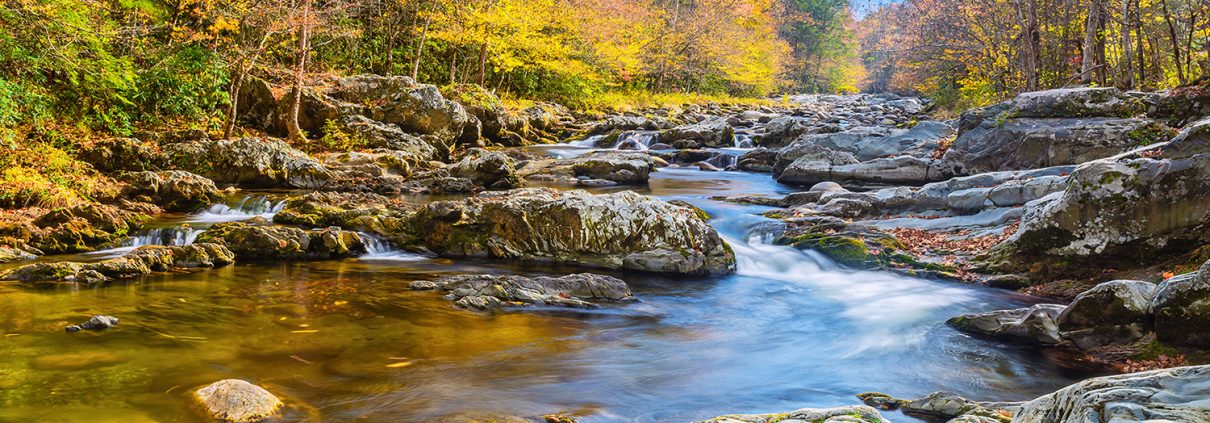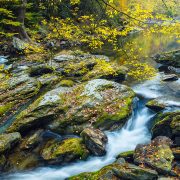The “3-D Effect” in Landscape Photography
A friend commented to me this past week that my photographs look “3-D” and asked how I achieved the look. We were inside a loud, crowded basketball gym and it was hard to talk to each other. I know I didn’t explain it well under those circumstances and thought the concept might be a good journal post.
When people comment that they see a 3-D effect, I believe they are noticing the high dynamic range in my photos. What that means is there is detail to be seen in both the highlights of the scene (typically the sky) and the shadows of the scene (typically the foreground). Cameras, even the most expensive ones, cannot capture the high dynamic range of light our eyes can see. That’s why you’ll see skies become white in some photos or shadows become completely black in others. This is usually a sign the photo is a simple snapshot and care has not been taken to capture the entire range of light.
To help my camera capture as much dynamic range as possible, I shield some of the light coming into the lens with a graduated neutral density filter. Imagine sunglasses for the camera only they are dark at the top; a neutral density filter is similar. I place my camera on a tripod so it won’t move. With my hands free, I look through the viewfinder and move the filter in place until sky becomes darker and the dynamic range becomes more manageable for the camera. It’s a tricky process sometimes and care needs to be taken in the field to get a good exposure. The result is the processing time on the computer is minimal.
I used the technique just described to capture this mid-afternoon waterscape from the Smoky Mountains in Tennessee. You’ll notice detail in both the sky and the foreground.
If you are still interested and want to read a little more, here’s a few thoughts on Photographic Manipulation.









